Best tips for extending the life of your phone's battery
it's not complicated unless you make it complicated.

Most of us never think about the battery in our phones until it dies. When everything is working properly, the battery should not be a part of the Android experience other than not lasting long enough because we never put our phones down. The only time we ever think about the battery is when we have to charge it.
How you do that charging can make a difference, though not nearly as much as some people think. Let's have a look at the right way to take care of your battery and if it really matters.
Battery things
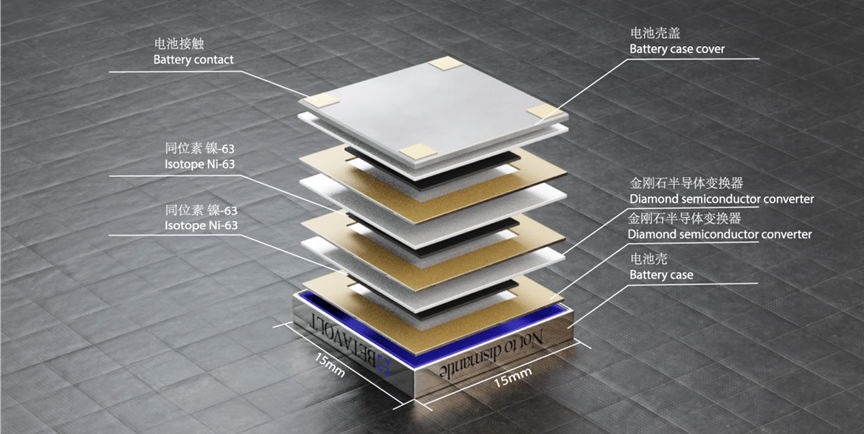
A few facts about your phone's battery make for a great starting point. We need to know the basics before we dive into the rest. All of this applies to your favorite power bank, too.
The battery in your phone is almost certainly a lithium-ion (also known as Li-ion, Lion, or LiB) cell. Li-ion batteries offer what's called a high energy density (power output compared to size), have almost zero memory effect, and offer a moderate self-discharge rate. There are Li-ion batteries in all shapes and sizes, and while most of what we're going to talk about applies to them all, we're going to focus on the one inside our phone.
The chemistry of a phone battery is usually lithium cobalt oxide-based. These types of cells offer a very high energy density but also pose some serious safety issues like the ones we saw with the Galaxy Note 7. While the actual composition can vary from manufacturer to manufacturer, generally, you have two electrodes (one carbon-based and one lithium oxide-based) encased in a pressurized foil pouch filled with a lithium salt dissolved in an organic solvent as the electrolyte paste.
Charged lithium ions move from one electrode to the other through the conductive electrolyte, which is flammable. The electrolyte gets very hot when the juice is flowing, and a puncture of the foil can lead to a small explosion of very flammable fluid.
Samsung's Note 7 recall was the best thing that ever happened when it comes to battery safety.
Get the latest news from Android Central, your trusted companion in the world of Android
As consumers, we're more aware of the inherent danger of Li-ion batteries, and Samsung is leading the charge (no pun intended!) when it comes to the science of smartphone battery safety. We'll never know exactly what happened or why, but we can be sure that every phone leaving Samsung's factories have been through a rigorous testing procedure and should be very safe. Hopefully, this can be a learning experience for all the companies who make our battery-powered things!
Samsung's Note 7 recall was the best thing that ever happened when it comes to battery safety.
The companies that make Li-ion batteries are always working on ways to make them safer without lowering the amount of energy they can store. Graphene, Sulfur, and Hexafluorides are just some of the chemicals being used to try and build a better battery, and every model made is safer than the last. But lithium-ion cells are still inherently dangerous. That's why the battery in your phone is more than just a cell—it makes things a lot safer when you regulate things.
The battery inside your phone is a power cell, as described above, coupled with sensors and other parts like voltage regulators and an external connector. This electronic hardware monitors the electricity moving in and out of the battery as well as the capacity and temperature. They are there to shut down power instantly if they detect a short or dangerous temperature spike.
A lot of work went into making a battery for your phone that can deliver the power needed as safely as possible.
Charge cycles measure your battery's lifespan

The lifespan of a rechargeable battery isn't measured by time; it's measured in charge cycles.
If you take a battery at 0% capacity and charge it to 100%, that's one charge cycle. You shouldn't (and really can't) let your phone's battery drain to zero, so you never use a complete charge cycle. Think of it as charging a phone with a dead battery until it's full again.
What's important to consider are fractions of a cycle. if you charge a phone with a battery at 50% until it's full, that's half a charge cycle. From 20% to 70% is also half a charge cycle. 30% to 55% is one-quarter of a cycle, and so on. Two half cycles, or four quarter-cycles, or even 64 sixty-fourth cycles all equal one cycle.
This is how most of us charge our phones. We never let them run out of juice and charge them until we need them again. Each charging cycle takes a bite out of the usable lifespan of our batteries.
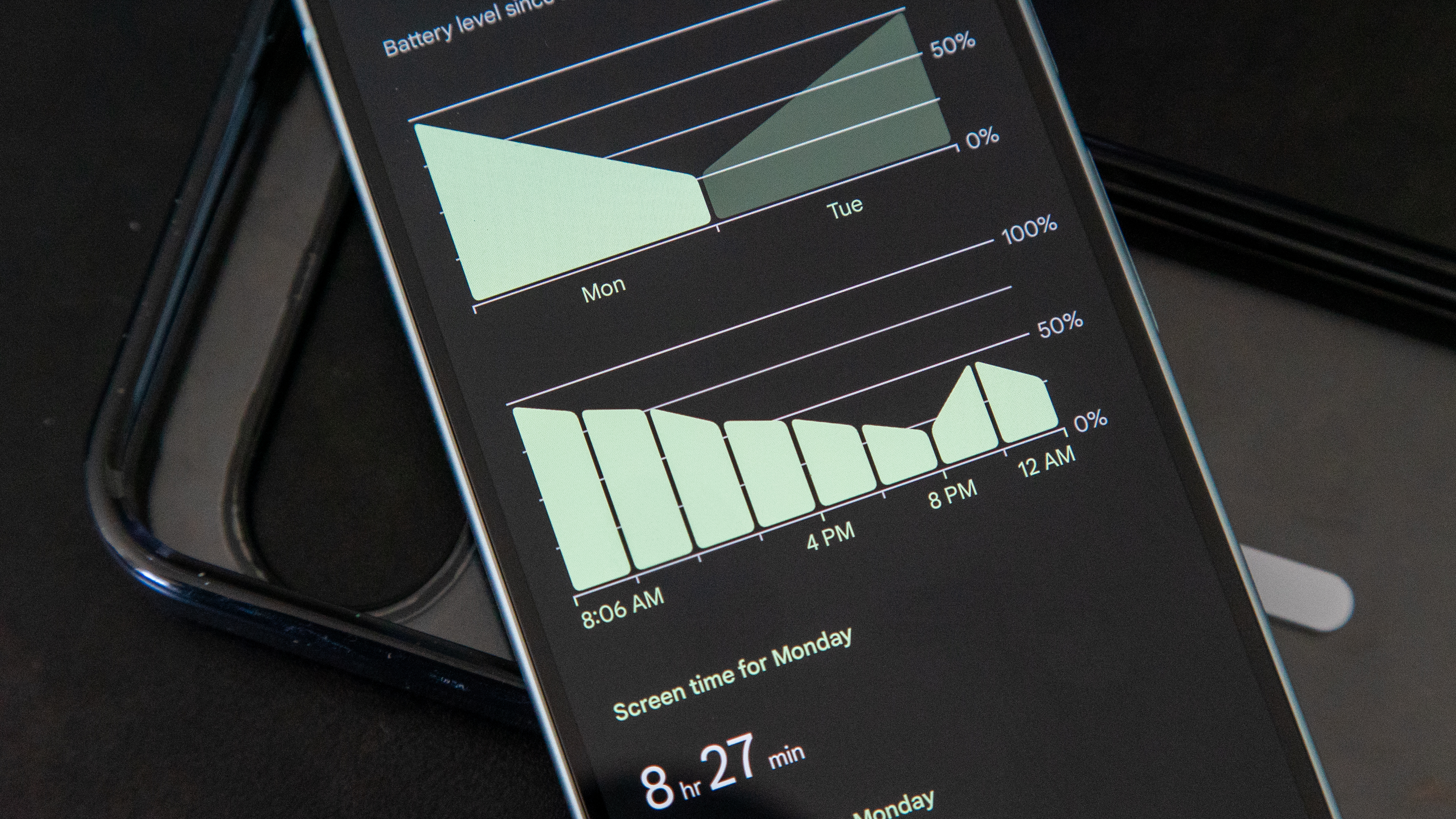
How much depends on the phone, the exact type of battery, and your tolerance for frequent charging. Google, for example, says the Pixel 8a and later will have a usable (retain up to 80% of the batteries listed capacity) of 1,000 charge cycles.
After 1,000 cycles your Pixel 8a won't stop working; it will just need to be charged more frequently than it did before. You could, in theory, use a phone where the battery has degraded enough to only allow a few percent of its rated capacity if you don't mind putting it on the charger every few minutes. More than likely, though, a phone battery will swell and need to be replaced long before that happens.
The memory effect
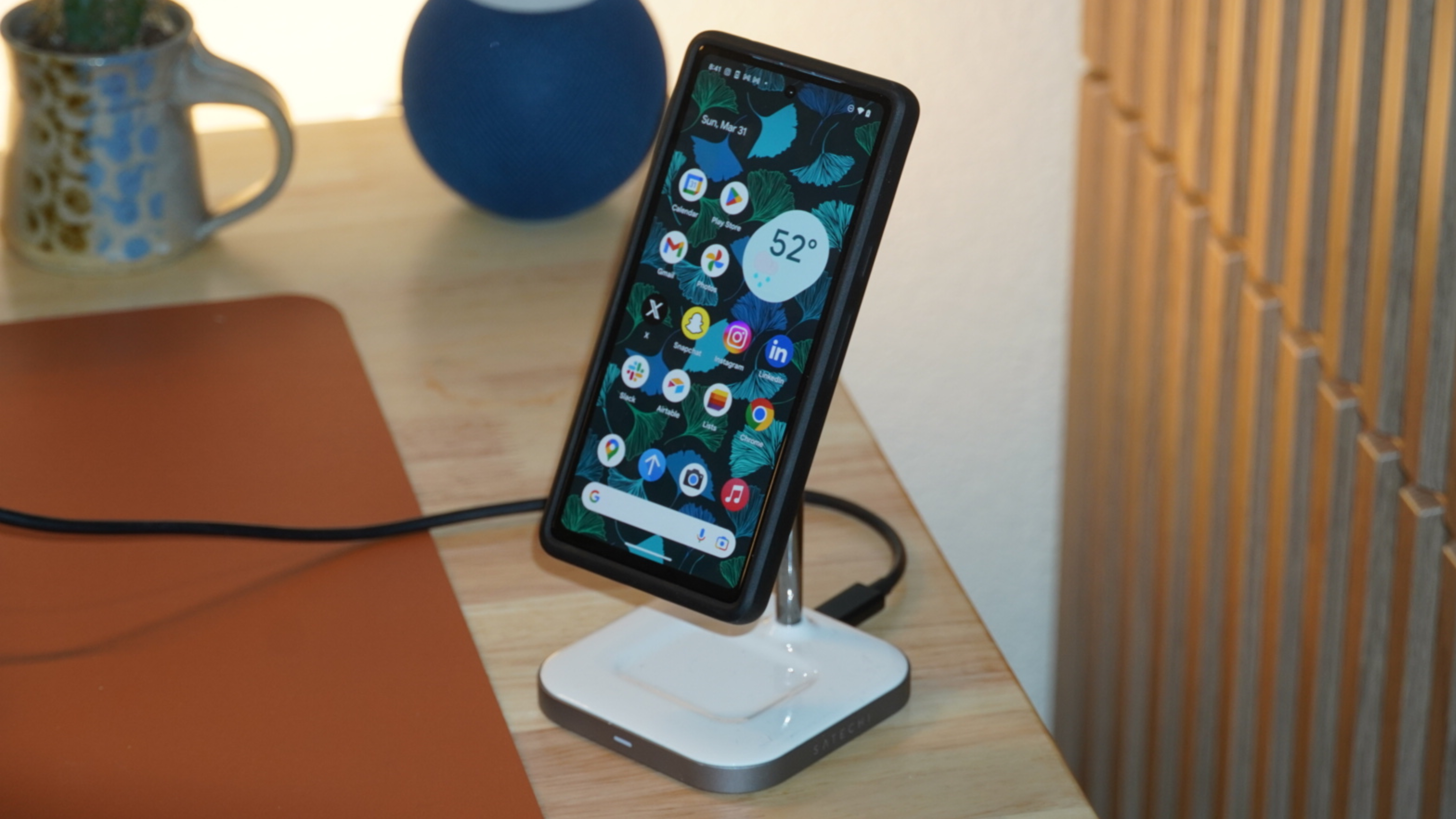
The battery memory effect occurs when the battery (not the cell itself) forgets its capacity when it is not regularly charged. It's a weird concept that's difficult to fully explain.
If you charge your battery every time it goes down to 25% and then remove it from the charger when it reaches 75% every time, you're only charging 50% of the capacity. The 0-25% that was never discharged and the 75-100% that is never charged will be forgotten. This means that over time your battery thinks 25% is 0% and 75% is 100%. You are unable to use half of the battery in this case.
As crazy as it sounds, it's true. But according to the battery industry, it's not true for Li-ion batteries. You don't need to worry about any battery memory effect for the battery inside your phone.
From zero to 100

The battery in your phone has a "zone" that provides as much charge as possible without doing anything that affects the lifespan of the battery too much. Completely draining a battery might cause it to die and not come back, but the smarts in the battery and your phone work together to make sure this doesn't happen.
Overcharging a battery can cause heat that damages the cell inside it. Your phone and the battery itself work together to make sure this doesn't happen, too.
In a perfect world, you would keep your phone battery close to 50% charged at all times by micromanaging the time it spends on the charger to top it off when needed. This is because batteries have a useful life and it's based on charge cycles.
A charge cycle (as explained in detail above) is going from dead to full (inside that safe zone described above) one time. Most phone batteries are designed to last about 400 cycles. That means if you let it run to zero and then charge it to full 400 separate times, the battery will no longer be able to hold a full charge, and it will take more of the stored charge to normally operate your phone. Eventually, you'll notice that it takes longer to charge it, and it doesn't last as long as it did when it was new.
This will eventually happen to every battery. If you always run your battery down until it's almost dead and then plug your phone in until it's full, you're putting more stress on it than doing a bunch of short charges. We can't say the difference is so small that it doesn't matter, but we can say that it's probably not worth the inconvenience of charging your phone five minutes at a time all day long.
Charging your phone at night
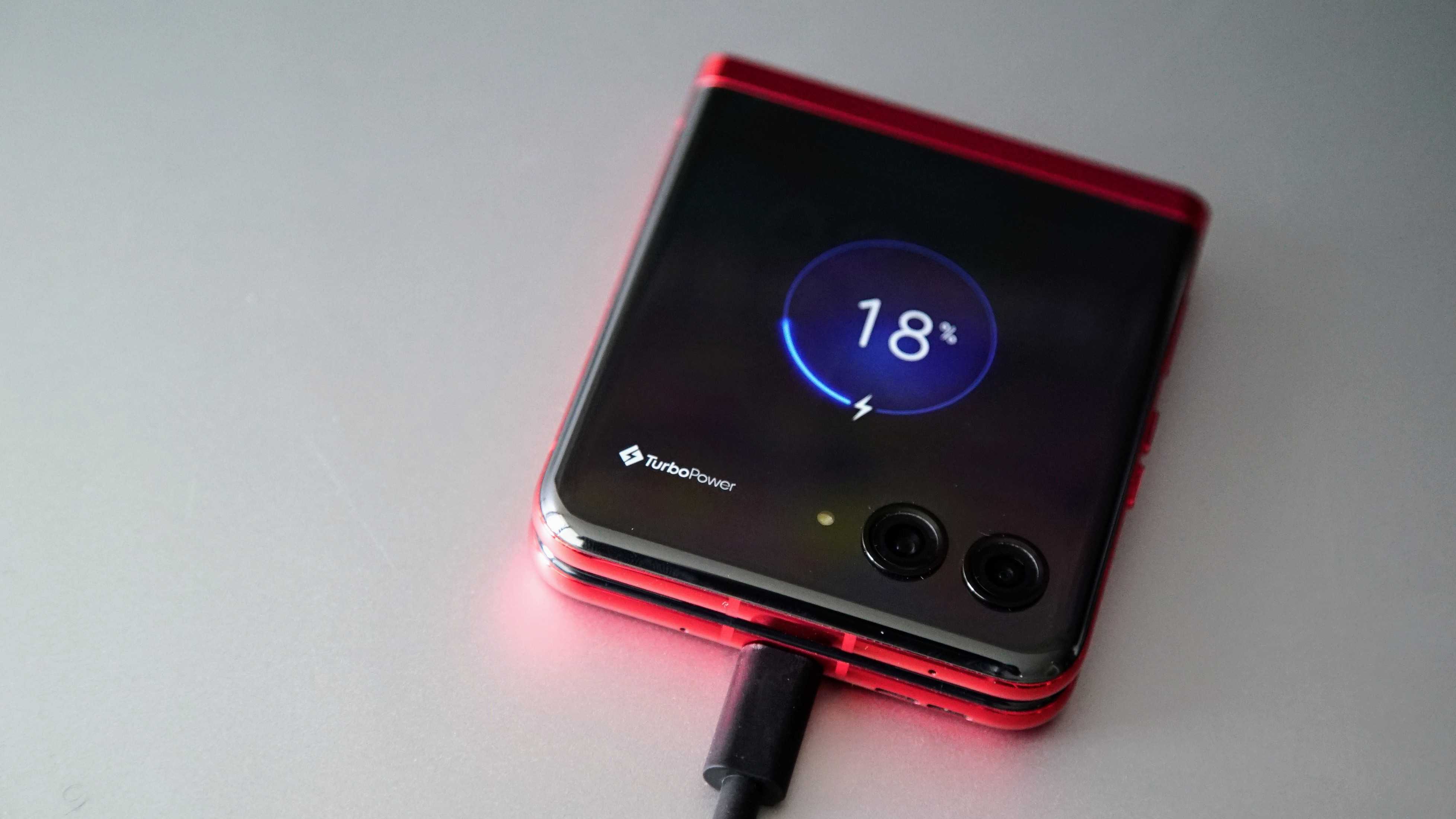
If you plug your phone in when you go to bed and let it charge all night, it still won't overcharge the battery. But it's still important to mention that you should never charge a lithium-ion battery unattended. At least be in the same building where you can hear a fire alarm.
When the phone is fully charged, the electronics in the battery tell your phone to stop sending electricity from the charger to the battery charging circuit. Power still comes in, it just doesn't work at recharging anything and goes back out to the wall socket (electricity travels in an unbroken loop).
If your phone is still powered on, the battery will discharge because it's being used. When it discharges to a certain point, charging starts again. This cycle repeats until you unplug it in the morning.
A lot of work was done to make sure the cell inside the battery doesn't overcharge at any time. Even during the night while it's on the charger. If you're going to charge your phone overnight, make sure everything works properly and you're charging properly. That means you don't have the phone under a blanket or lying on the rug while it's plugged in or have it in a thick sealed case that keeps the heat in. Plug it in (or put it on a wireless charger) somewhere that it won't get tangled up in your bedclothes or knocked to the floor.
Storing your phone or battery
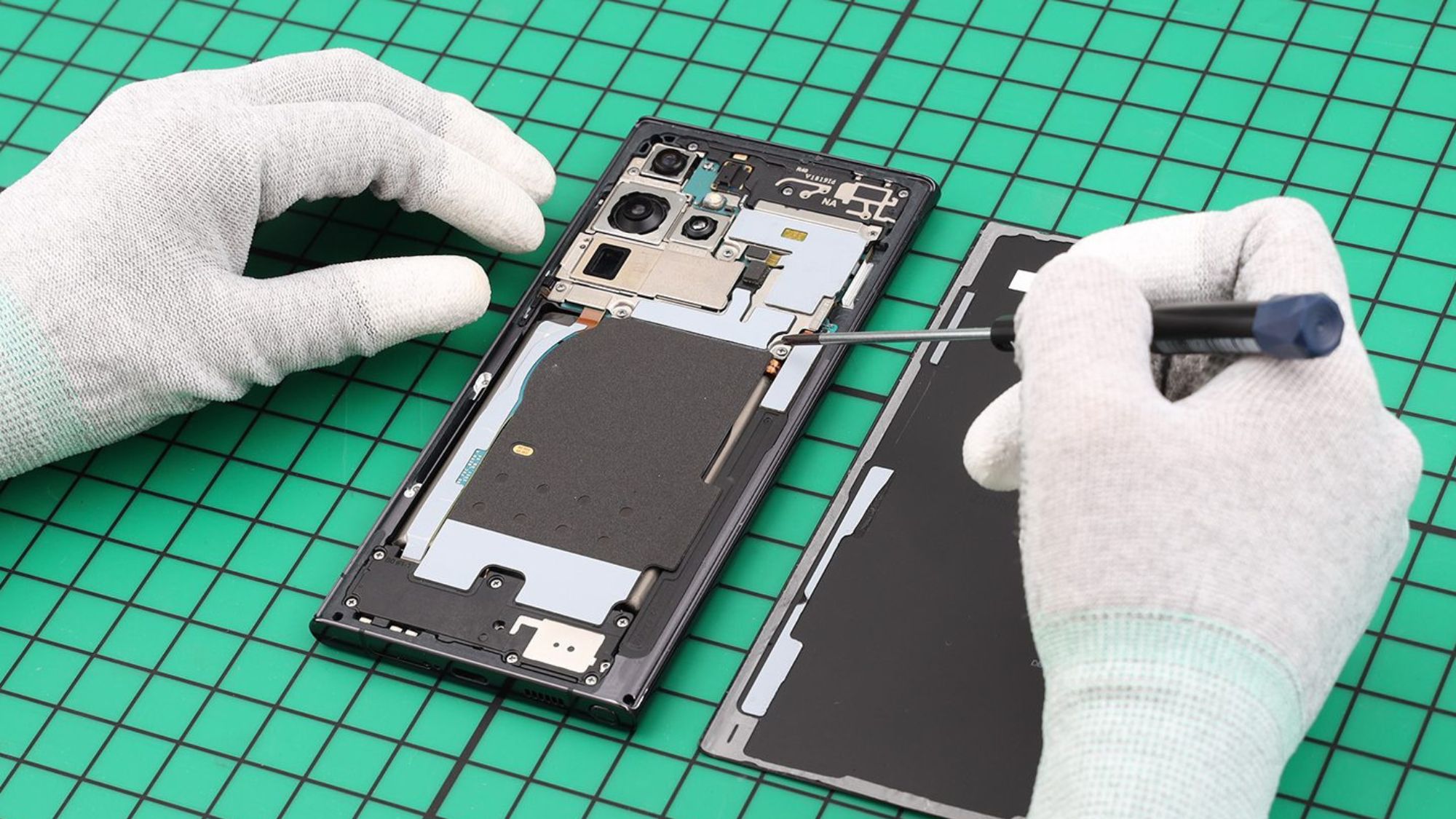
To maximize the usable lifespan, charge your battery to 50% and turn the phone off. Check it once in a while and recharge it before it drops under 10%.
Li-ion batteries have a moderate self-discharge rate. That means when they are not being used they still will lose their charge. All batteries do this and some types (lead-acid) are bigger offenders than others (lithium-sulfur). A battery can self-discharge to zero when it's not being used, even if your phone would normally shut down before you get there. Letting a Li-ion battery run down completely could cause it to not come back online, depending on the internal circuitry.
If you plan on storing a phone over the long term, drop a monthly reminder in your calendar to take it out, turn it on, and charge it a little.
Recalibrating your battery

This means running a battery down to zero and then charging it to full in one sitting. This is said to recalibrate the battery.
Laptops may benefit from a recalibration cycle if the battery level icon has the wrong reading. The software that controls this on a laptop is a good bit different from your Android, though. Some experts claim you need to recalibrate your battery from time to time or when you see an issue, but others say it won't do anything. I've never encountered this myself, so I've never tried.
Fully cycling the battery in your phone every once in a while isn't going to break anything. We don't recommend doing it every day because of that charge cycle life we talked about up the page. If you think you need to do it to fix something, go for it.
Are wireless chargers bad for my battery?
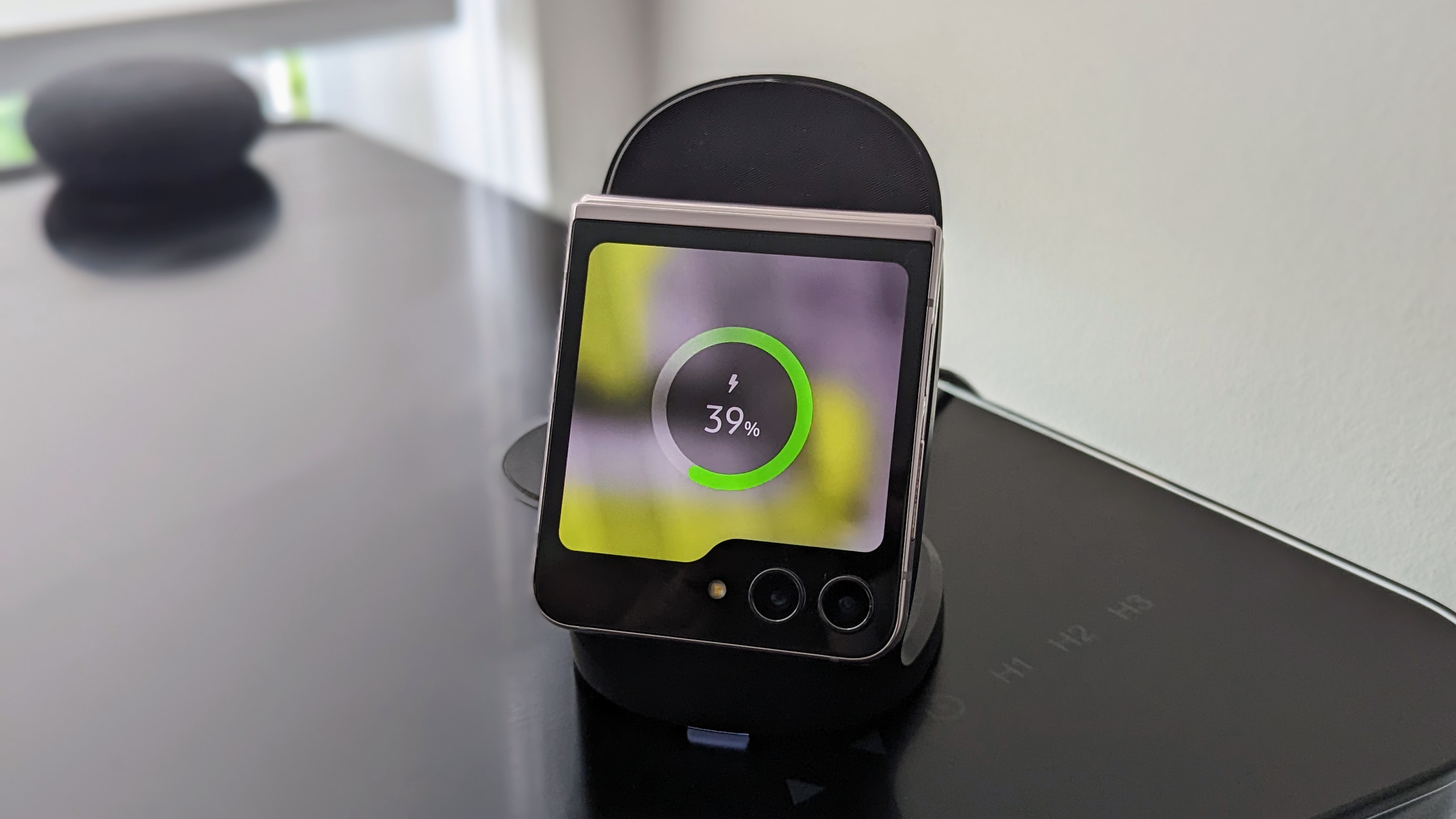
Not really, as long as you're using a quality charger of the right type. They also aren't any better for your battery.
Charging a battery makes it hot, and heat shortens the battery lifespan. Once the electricity from a wireless charger passes into your phone, it's handled the same way as a wired charger. Inside the battery, where the chemical reaction is happening, heat builds up no matter how you charge your phone battery.
Wireless charging is inefficient, so it takes longer, but it also causes less wear and tear on the USB socket on your phone. If you like the convenience of a wireless charger, go for it!
What about fast charging?
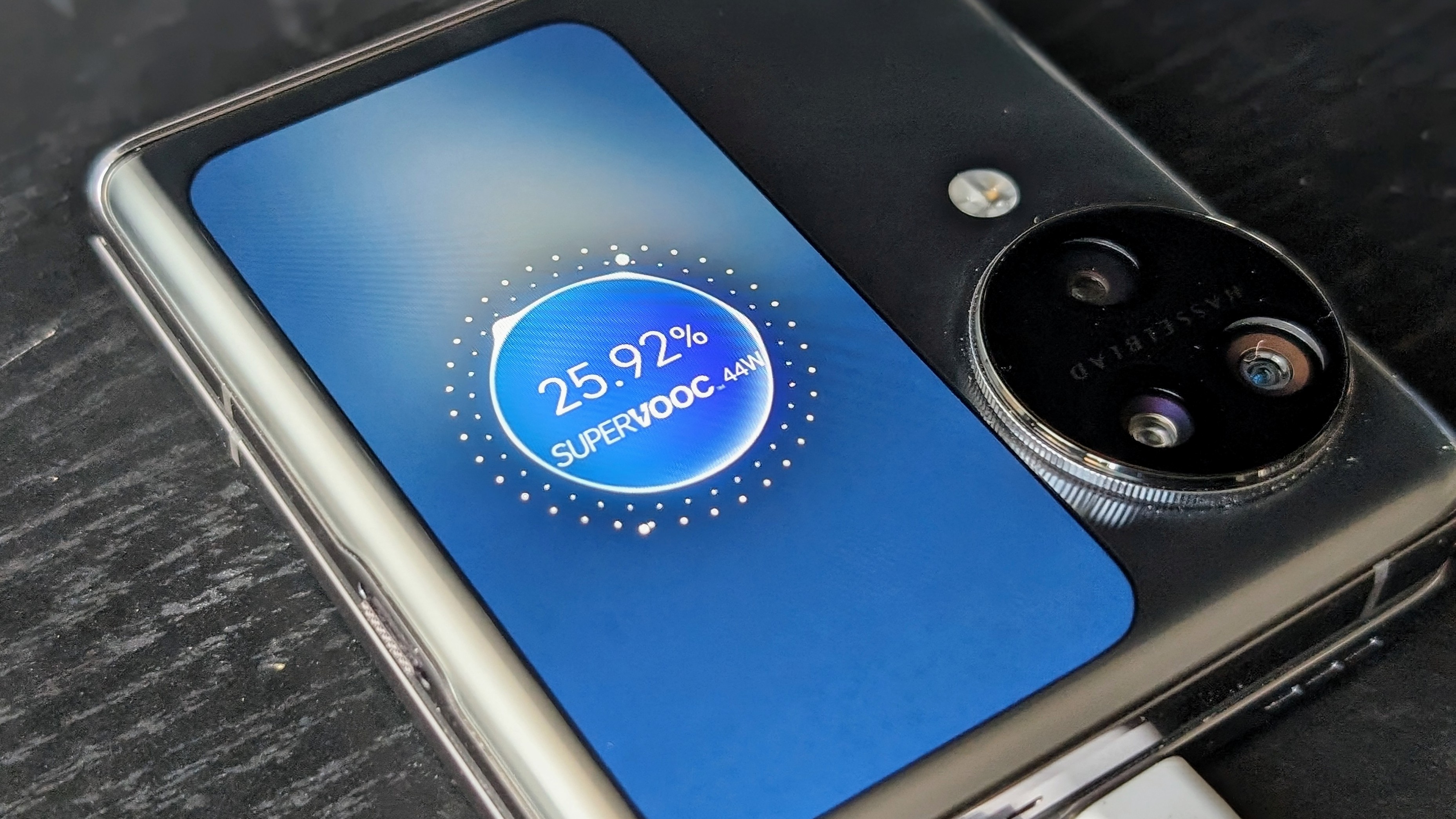
When using any fast charging method (Qualcomm Quick Charge, Adaptive Fast Charging, USB PD, etc.), you have a charger that is capable of supplying electricity at a higher voltage or amperage than normal. Your phone has programming on the circuit board that tells the charger how much electricity to deliver, and the charger has circuitry that listens and complies. Without both sides being able to communicate, quick charging can't happen.
There is a lot of science behind quick charging. Most of it agrees that it contributes to a faster decline in the battery's lifespan, but nobody can measure exactly how much.
Quick charging is uber-convenient and has changed the way a lot of us use our gadgets. The best recommendation, in this case, is to use it wisely if you're concerned that it affects battery longevity. Usually, that means you need a second charger, so make sure you buy one made by a reputable company.
Using the right charger

Always try to use a charger and cable that is recommended by the manufacturer of your phone. Products are designed so that the different types of quick-charging products can be used on phones that don't support them (you won't get fast charging speeds) but it's still advisable to use the right quick-charge technology. If you're unsure of which kind of quick charging your phone uses, online resources like our forums are helpful, or you can contact the manufacturer.
It's also a good idea to buy new cables when you buy a new phone. Always. USB technology changes so fast that the cables you have been using for a few years might not meet the requirements, and cables degrade from all the twisting and pulling they suffer through. Make sure the cables you buy match the specifications of the ones that came in the box and are made by a company you trust. Recycle your old cables and protect your expensive new phone.
Our recommended practices
- Charge your phone when it needs a charge and remove it from the charger when it's finished. Don't be afraid to use a wireless charger.
- Use quick charging sparingly if you're concerned about its effect on battery lifespan. There is little immediate damage or danger from using the right charging method for your phone.
- Try to manually shut your phone off if the charge ever drops below 10% and leave it off while charging it for a few minutes.
- Never store a phone with a dead battery, and check on a stored phone periodically.
- Don't buy cheap chargers or cables from the gas station or that dude at the flea market. Use the type of charger the people who made your phone recommend.
You can make yourself crazy by worrying about the perfect way to charge your phone's battery. All the technical details about how behaviors can affect the lifespan of the battery are true, but they are also very minor in scale. Charging and discharging a battery shortens its lifespan, but a battery is useless if it's not charged so it can power something. It's OK to baby your phone's battery, but ultimately not necessary.

Jerry is an amateur woodworker and struggling shade tree mechanic. There's nothing he can't take apart, but many things he can't reassemble. You'll find him writing and speaking his loud opinion on Android Central and occasionally on Threads.
You must confirm your public display name before commenting
Please logout and then login again, you will then be prompted to enter your display name.
